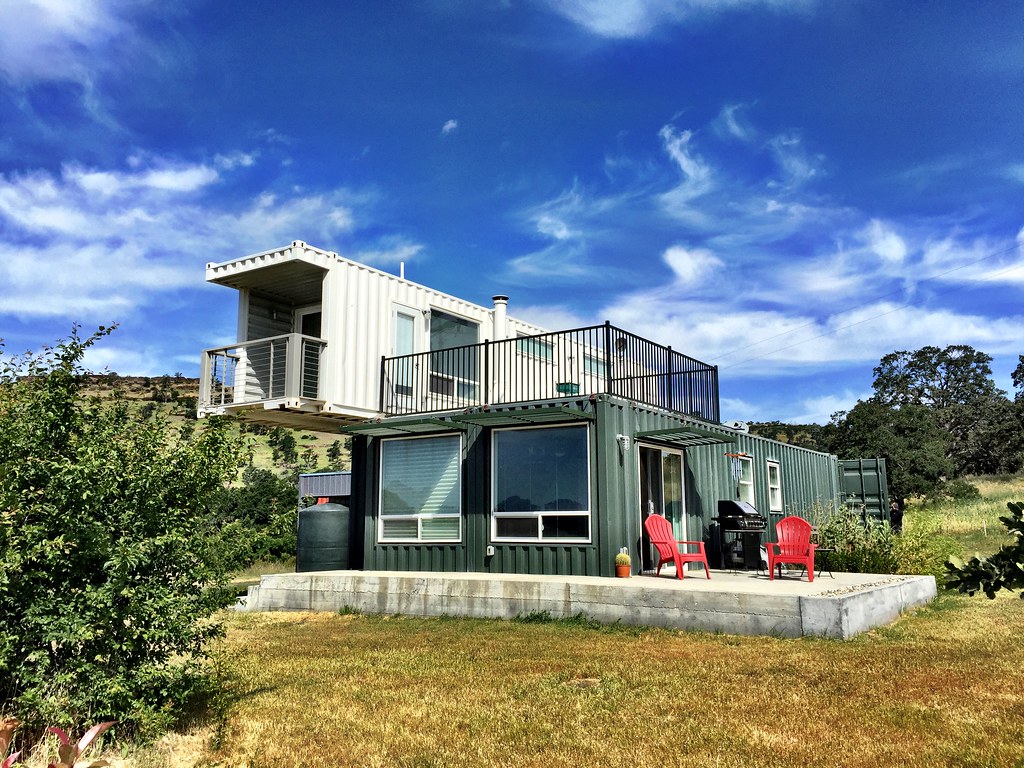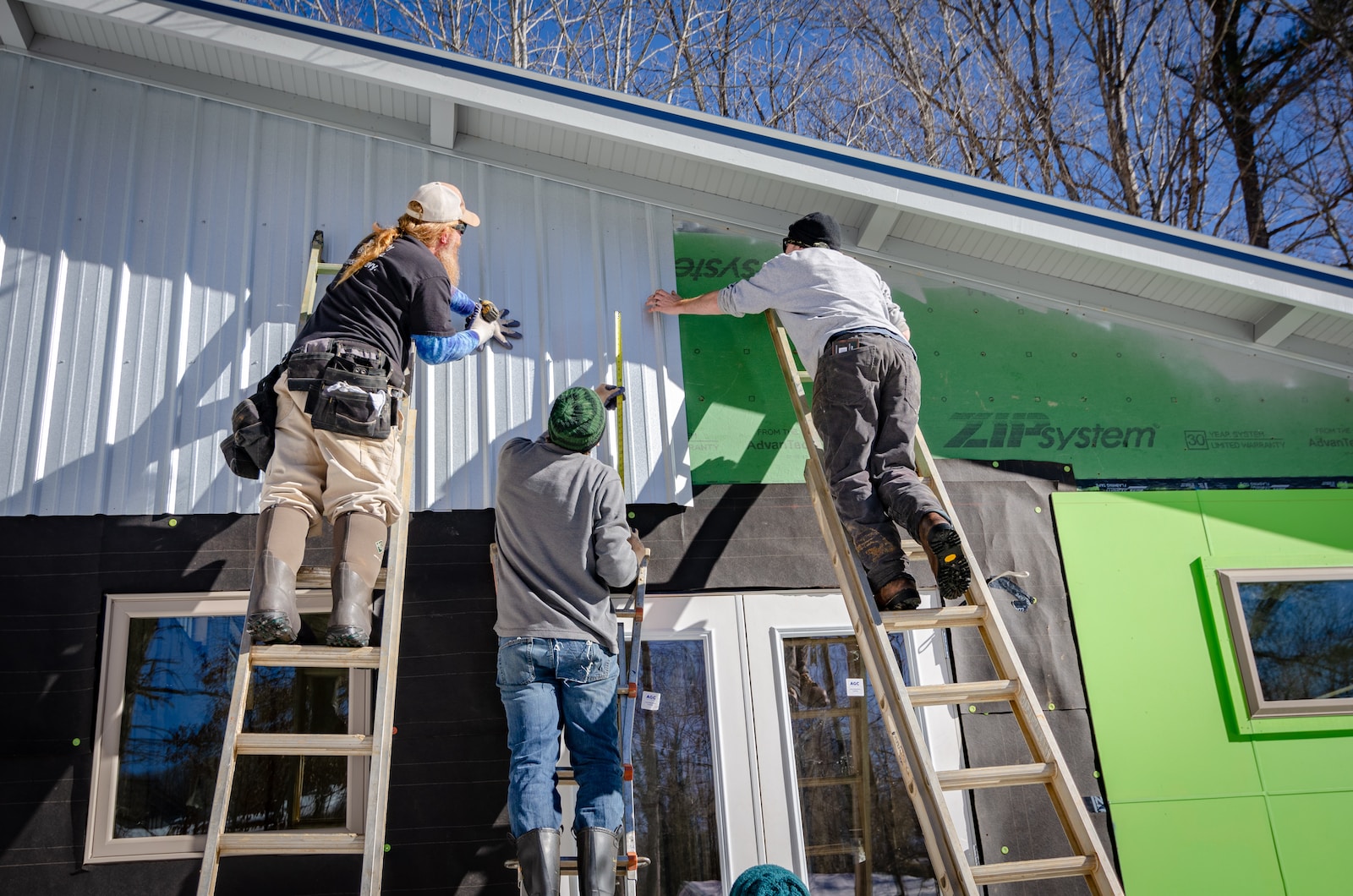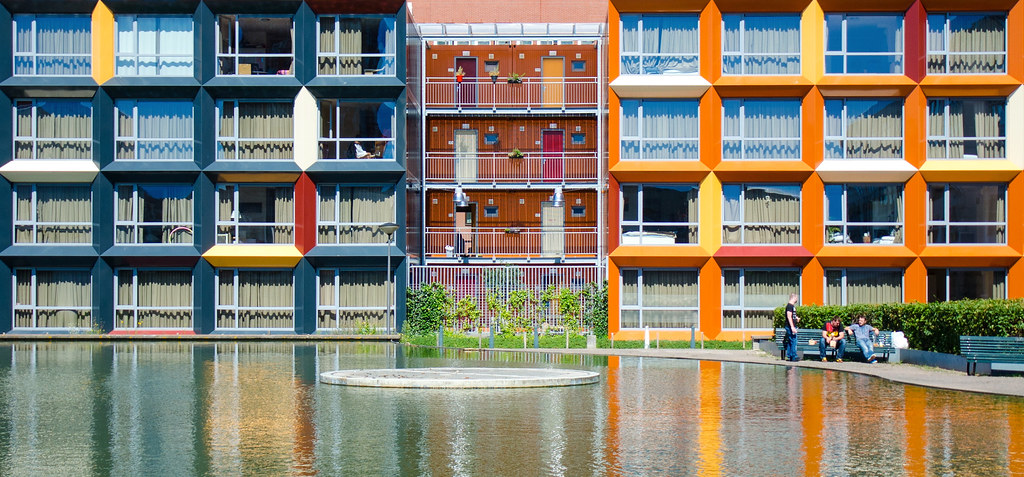Greetings, fellow container home enthusiasts! It’s Emily Owens here, your trusty container home aficionado, and today we’re diving deep into a topic that’s both crucial and captivating: assessing the carbon footprint of a container home. Yes, I know what you’re thinking – it’s not the sexiest topic in the world, but when it comes to sustainability and saving our planet, it’s definitely worth the attention.
So, grab a cup of your favorite beverage, cozy up in your container home, and let’s embark on this eco-conscious journey together!
The Container Home Revolution

Container homes have taken the world by storm in recent years, offering a unique blend of affordability, sustainability, and creativity. These repurposed shipping containers have given us a chance to make stylish and functional homes out of something that was once just a cargo vessel. But what’s the catch? Well, everything has an environmental footprint, and container homes are no exception.
The Carbon Footprint Explained
Before we dive into the specifics of container homes, let’s clarify what we mean by a “carbon footprint.” Simply put, it’s the total amount of greenhouse gases, particularly carbon dioxide (CO2), that are emitted into the atmosphere as a result of human activities. This includes everything from driving cars to manufacturing goods and, yes, even building and living in homes.
Construction: The Starting Point
When assessing the carbon footprint of a container home, it’s essential to begin at the beginning – construction. Here’s where we can make some substantial eco-friendly choices.
Choice of Container
The type of container you choose matters. Older containers, while full of character, may require more modifications and thus have a larger carbon footprint. Opting for newer containers can reduce the need for extensive refurbishing.
Insulation
Proper insulation is crucial for maintaining a comfortable temperature in your container home. Choosing eco-friendly, high-quality insulation materials can significantly reduce your carbon footprint. Consider options like recycled denim, soy-based foam, or sheep’s wool insulation.
Foundation
The foundation of your container home is another area to focus on. Pier foundations, which use minimal concrete and disturb the ground less than traditional foundations, are more eco-friendly. You can also explore options like helical piles or even elevate your container home on stilts.
Energy Efficiency: Lights, Heat, and Everything Nice
Once your container home is up and running, it’s time to consider your daily energy consumption. From lighting to heating and cooling, there are numerous ways to make your home more energy-efficient.
Lighting

Swap out those old incandescent bulbs for energy-efficient LED lights. They not only use less energy but also last longer, reducing the need for replacements.
Heating and Cooling
Invest in energy-efficient HVAC systems and smart thermostats to control the temperature in your container home efficiently. Proper insulation, as mentioned earlier, will also play a significant role in keeping your home cozy without excessive energy use.
Sustainable Materials and Furnishings
When it’s time to furnish your container home, keep sustainability in mind. Opt for furniture made from reclaimed or recycled materials. Vintage and second-hand pieces can add character and reduce the demand for new resources.
Landscaping and Greenery
Transform your container home’s surroundings into an eco-friendly oasis. Planting native, drought-resistant plants not only adds aesthetic appeal but also reduces the need for excessive watering.
Life Cycle Analysis: Looking at the Big Picture
Assessing the carbon footprint of a container home isn’t just about the initial construction and daily energy use. It’s also about considering the entire life cycle of your home. How long will it last? Can it be recycled or repurposed when its time is up? These questions matter.
Container homes, if well-maintained and properly cared for, can have a significantly lower carbon footprint over their lifetime compared to traditional homes. The durability of steel containers means they can withstand the test of time, reducing the need for frequent replacements.
Conclusion: Container Homes with a Conscience
In the grand scheme of things, container homes have the potential to be eco-friendly havens with a relatively low carbon footprint. However, the key lies in the choices we make during construction, daily living, and the eventual disposal or repurposing of these unique dwellings.
Remember, every decision you make in your container home journey can impact the environment, so choose wisely. From the choice of container to the insulation, energy sources, and furnishings – it all matters.
So, fellow container home enthusiasts, let’s raise a toast to the creativity, sustainability, and uniqueness that these homes bring to our lives. With a little bit of planning and a whole lot of love for our planet, we can truly make a difference, one container home at a time.
Stay green and keep on containerizing!





















Find Us on Socials